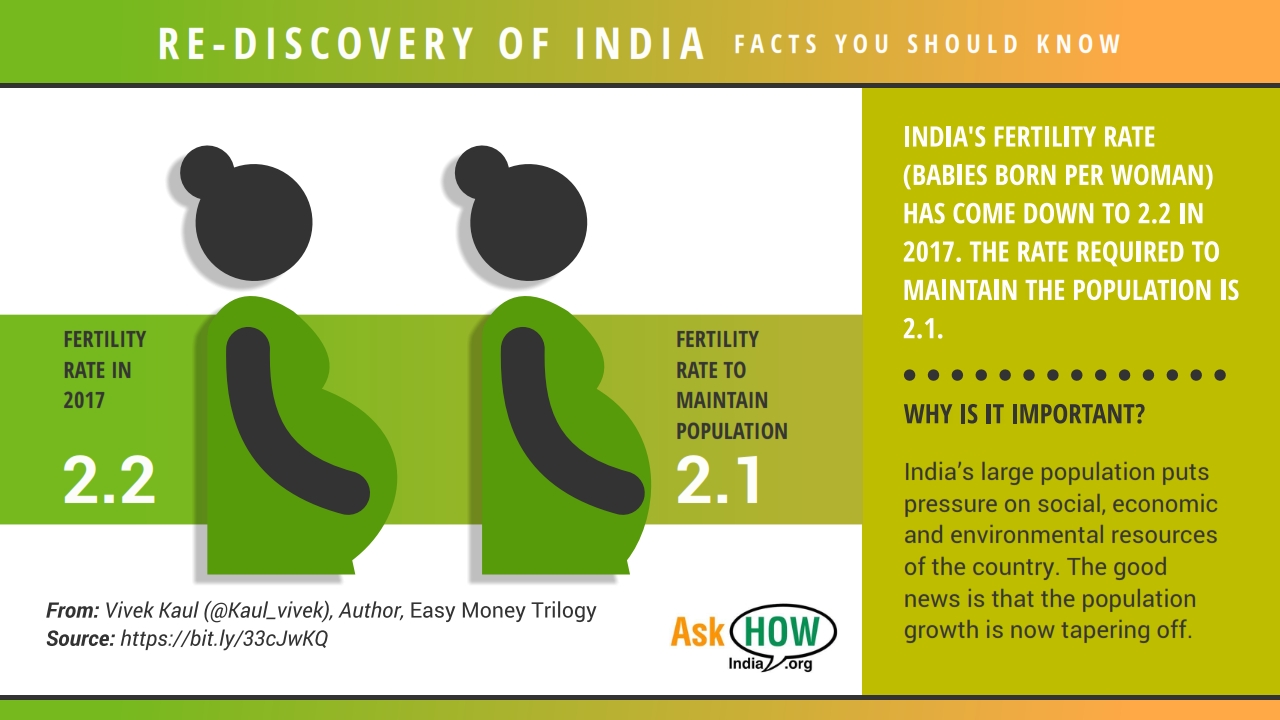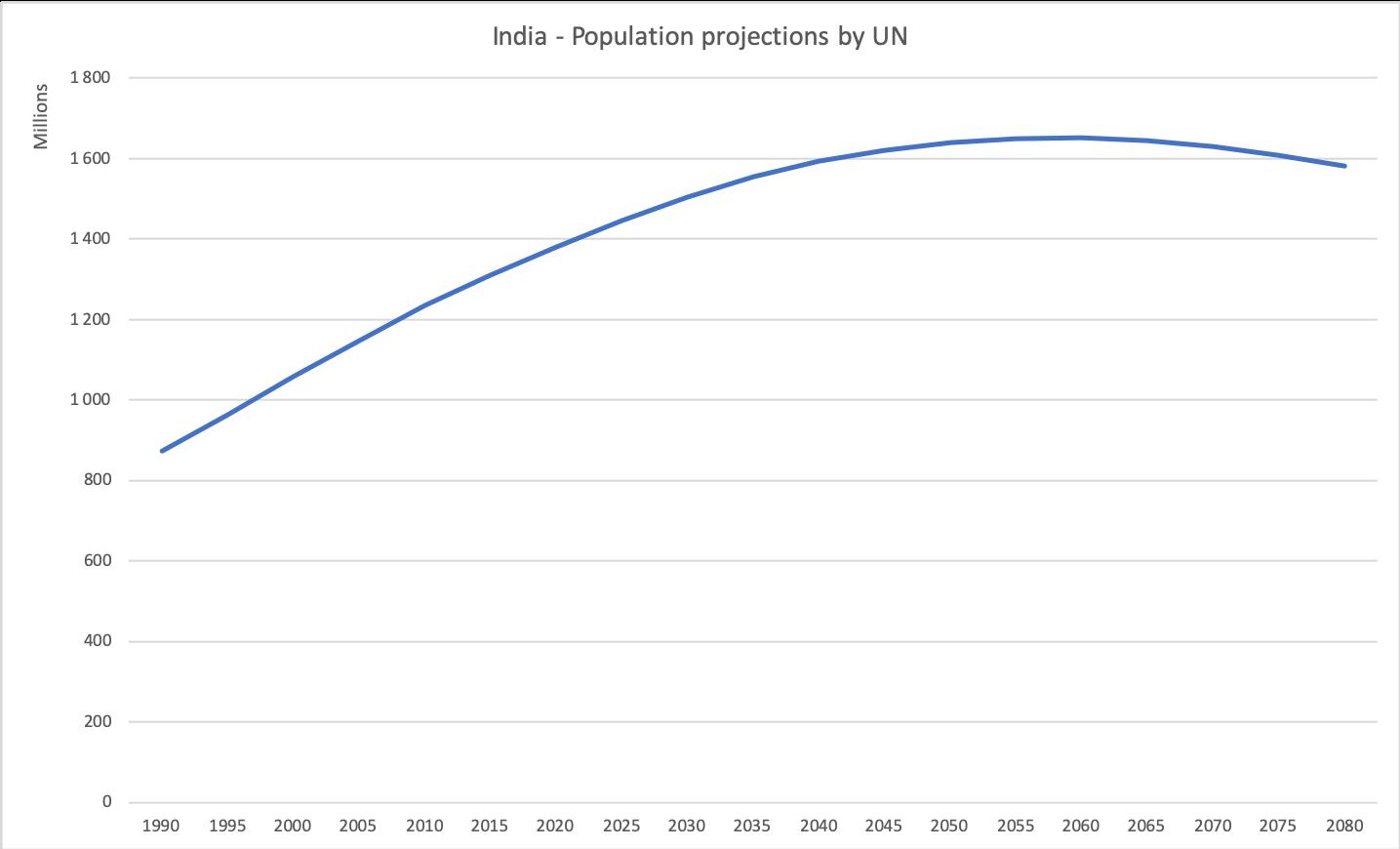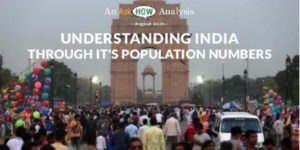Are Acche Din of population growth already here?featured
This is the second post in our series “Everything you wanted to know about population in India (but were too lazy to Google).” The first part on basics can be found here.
The Prime Minister of India, in his recent Independence Day speech talked about ‘population explosion’. But, the government’s own Sample Registration System report had said a few days back, that the fertility rate in India was now only slightly higher than replacement rate fertility. Does this mean that the country’s population will plateau soon? Has the explosion already played out? Not quite. But first, the basics.
According to the SRS, the fertility rate in the country is 2.2 and the replacement rate for fertility is considered to be 2.1. This was a fact that one of our experts, Vivek Kaul, pointed out in the latest Rediscovery of India.

The United Nations, however projects that the population maximum will be reached only by 2065. Nearly half a century from now!

Why the population keeps growing even after the fertility rate reaches replacement rate is explained brilliantly by Hans Rosling. The term replacement rate can be misleading and it refers to a couple and not the whole society. So if in a population, if there are more younger people than older people, the population would keep increasing even if fertility rate is below replacement rate. In a young society, most of the females have not yet given birth to their two kids. As they do that and become middle aged, the population increases. Of course, there would be significant mortality amongst the older folk but as they were fewer in number to start with, the number of newborns, even at lower fertility rates, is much more than the number of people dying.
Let me illustrate this with an example. Suppose, the people in a country are divided as follows
| Age | Percentage of population |
| 0-10 | 24 |
| 10-20 | 20 |
| 20-30 | 16 |
| 30-40 | 12 |
| 40-50 | 10 |
| >50 | 18 |
In this made up population, even as the 44 people under 20 have 44 kids over the next two decades, only a maximum of 18 people who are over 50 will die during the same time leading to an increase in the total population even though fertility rate is exactly 2! (For the sake of simplicity, I have ignored the mortality across all age groups except the oldest).
There is a wide regional variation in the fertility rates in India. Bihar has a fertility rate of 3.2 and Kerala of 1.7. The rural fertility rate was 2.4 whereas the urban fertility rate was 1.7. These differences are sure to be causes of large scale internal migration in the future. And of course, a few commentators have alleged that the Prime Minister’s statement was directed at the Muslim community in particular. All these would be topics of future posts in this series!
This is the second in a series on population in India. The first part can be found here.
Author –
Yogesh Upadhyaya
(Yogesh Upadhyaya is one of the founders of AskHow India. Blogs are personal views.)
Follow Yogesh Upadhyaya @Uppi89
Follow AskHow India @AskHowIndia



